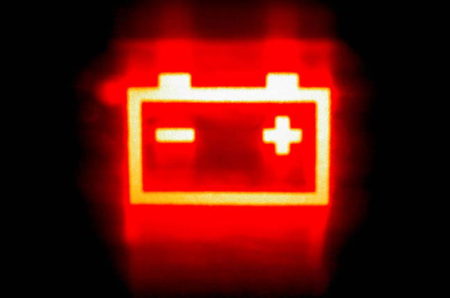May 2, 2019 – Today France and Germany announced plans to build next-generation batteries for electric vehicles (EVs). The goal is to hasten European automotive manufacturers’ transition away from internal combustion engines and from the burning of fossil fuels that power them.
An Airbus for batteries operation
Germany and France have a history of success in joining forces to tackle a growth industry. Airbus, the rival to Boeing today, was formed through a similar consortium.
The hope is to duplicate that success in four to five years.
The two countries have pledged 4 billion Euros ($4.5 billion US) coming from 35 automakers and energy groups which have indicated their intention to partner in the alliance. The European Union is adding 1.2 billion ($1.3 billion US) in the form of a public subsidy to support the new venture.
The first pilot factory will open in France in the next few months empllying 200. Additional production sites in France and Germany are planned for 2023 with each employing 1,500.
What is Europe’s current market share in EV batteries?
Today Europe produces 1% of the world’s lithium-ion batteries. And yet the major automobile manufacturers in Europe have all announced aggressive strategies to laucnh a number of new EV models annually. Where will the batteries come from? Not Europe currently.
But if the consortium succeeds, the goal is to have Europe supply 30% of global demand by 2027.
Other European countries are interested in joining the consortium including Italy, Belgium, Poland, Austria, and Finland with the market for EV batteries expected to grow to 45 billion Euros (more than $50 billion US) by 2027.
So who currently leads in producing EV batteries?
Today it is Tesla and Panasonic that are number one ranked. But Chinese companies are quickly catching up. According to Benchmark Minerals, the growth in Chinese lithium-ion capacity is expected to produce batteries sufficient to rollout 15 million EVs annually by 2023, 18 million by 2025, and 23 million by 2028.
For Europe to achieve 30% of worldwide lithium-ion battery production will involve more than the current investment mentioned in today’s announcement.
Is there enough raw material to feed the EV market?
The biggest constraint on EV growth is the availability of the raw materials to build batteries. EV batteries produced today consume 46% of the world’s annually produced cobalt, and 32% of the mined lithium. The average Nissan Leaf battery, for example contains 4 kilograms (9 pounds) of lithium. If every car on the planet were to be an EV, the current amount of raw materials, particularly lithium, would not meet the demand.
Lithium recycling capacity may make it possible to reuse existing lithium from batteries for second use. Experts estimate that for every 20 tons of used lithium, 1 ton can be harvested for use in new batteries.
Potential shortages may be further alleviated by new lithium and cobalt sources such as the ones going into production in Western Australia.
And at the same time, new battery technologies may displace lithium and cobalt as the primary materials for EV batteries.
















